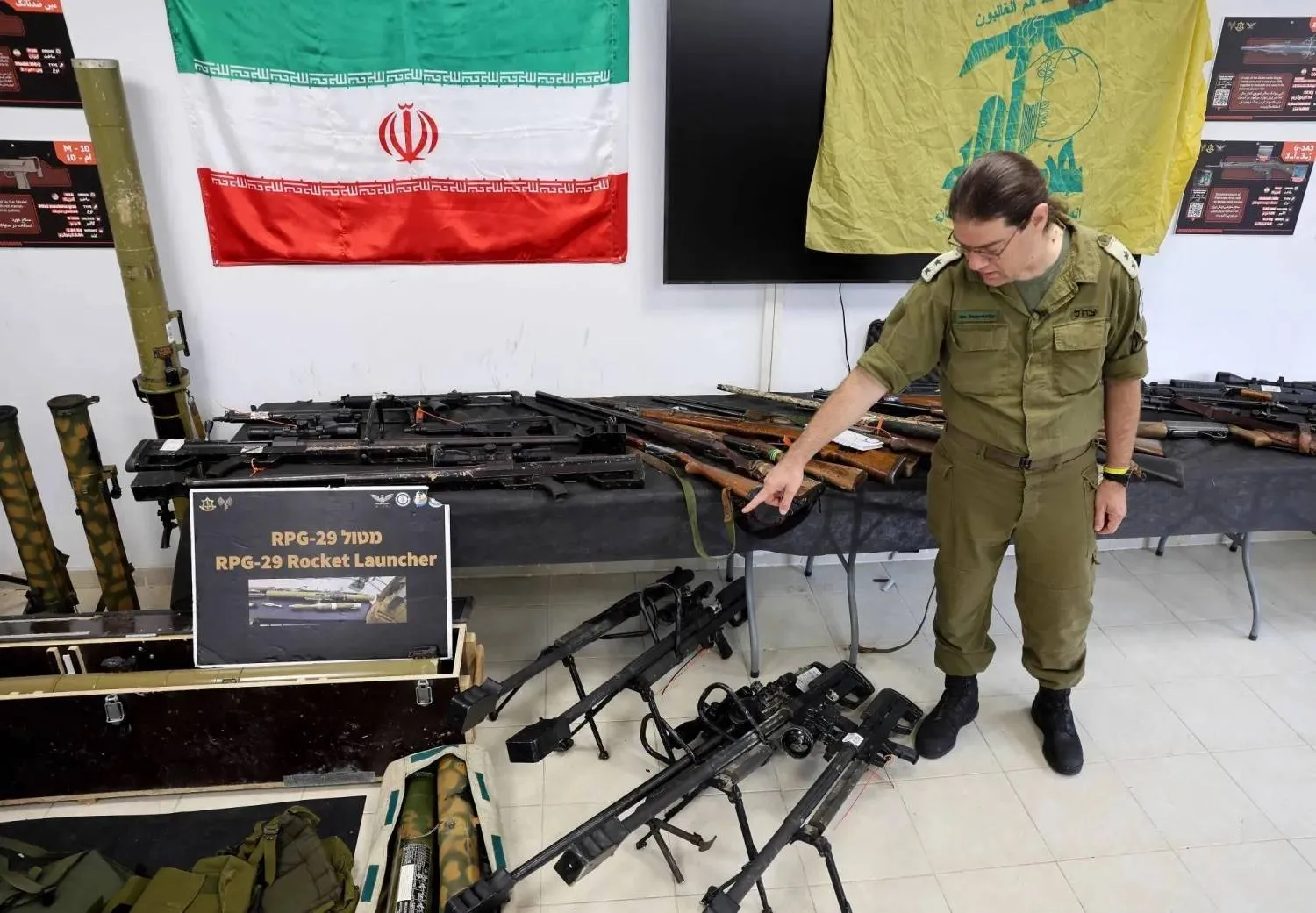Bombing in South Lebanon intensified on Saturday, with the Israeli army announcing that it shelled “two terrorist cells” and a “control point” belonging to Hezbollah in response to attempts to launch strikes from Lebanon.
Israel conducted ten raids within one hour – the highest number of airstrikes since Oct. 8, the date of Hezbollah’s involvement in the Gaza war on the southern Lebanon front.
The sound of rockets was heard 40 kilometers from the border, while the video clips circulated on Lebanese social media platforms showed thick smoke following massive air strikes carried out by Israeli aircraft in various areas of the south.
Lebanese media reported that an Israeli spy balloon was targeted and shot down on the border. Hezbollah’s Al-Manar channel said that an “enemy spy balloon was targeted and shot down over the Miskav Am settlement.”
The channel added that Israeli air strikes targeted forest areas in Naqoura, Aita al-Shaab, Rmeish, Kfarhamam, and Kfarshouba. Israeli artillery also bombed the outskirts of the towns of Blida, Muhaibib, Mays al-Jabal, Hula, Markaba, and Wadi Hunine.
In a statement, the Israeli army said that in response to attempts by two terrorist cells to fire rockets from Lebanon towards Israeli territory, the Israeli army bombed the two cells and a Hezbollah observation point.
The Israeli army also indicated that it responded to the firing of mortar shells launched from Lebanon towards Israeli towns in “northern Israel,” which it said caused no casualties.
Hezbollah, in turn, announced the bombing of five sites, including Jal al-Alam, al-Jardah, Hadab al-Bustan, al-Malikiyah, and al-Mutulla, saying that its fighters “achieved direct hits there, in addition to destroying technical equipment.”
Hezbollah announced the killing of one of its members, bringing the number of people killed in the ongoing battle to 58.
The intensification of air strikes prompted dozens of families, who had returned to their homes last week, to leave their towns again, in anticipation of any further escalation.
Field sources told Asharq Al-Awsat that residents were concerned over the sudden escalation in air strikes, specifically after the speech of Hezbollah Secretary General Hassan Nasrallah on Friday, in which he said that the southern front was open to all possibilities.









